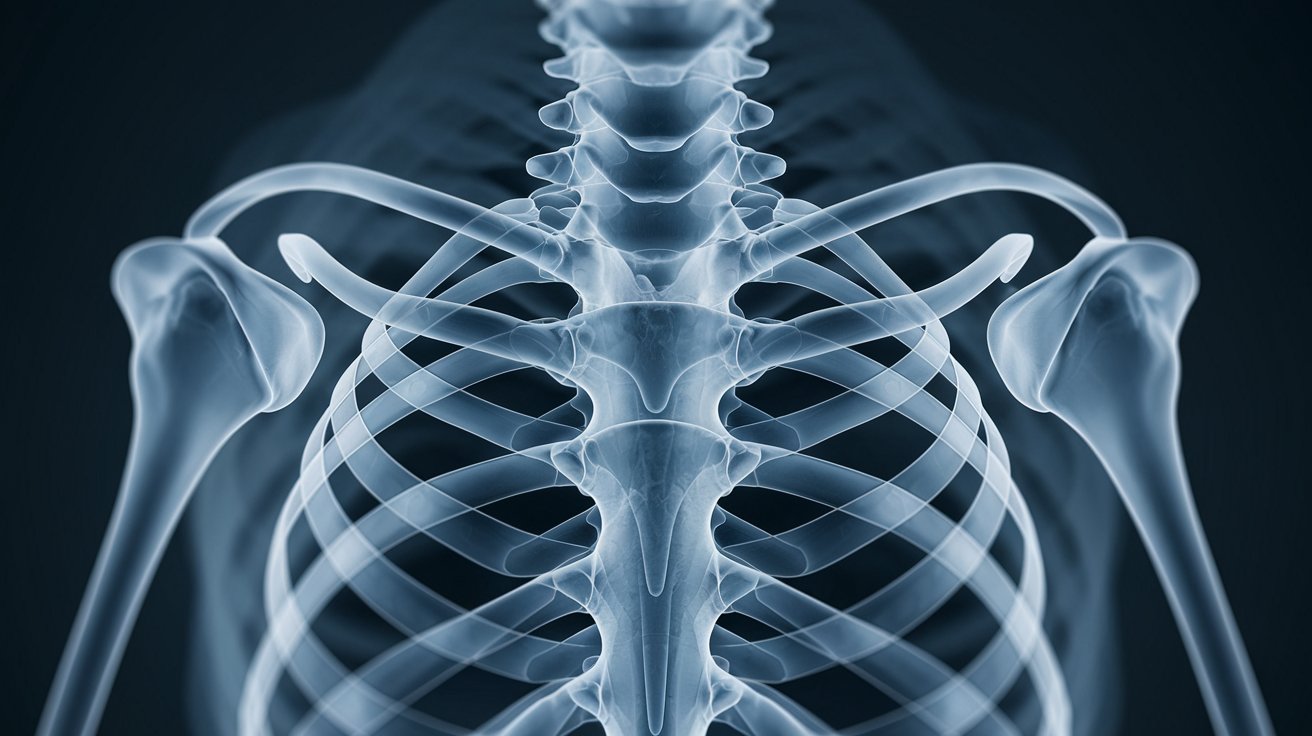
Metaphyseal Chondrodysplasia Schmid Type (MCDS) is a rare genetic disorder that affects bone development, leading to short stature and skeletal abnormalities. This condition primarily impacts the metaphyses, the growing ends of long bones. MCDS is caused by mutations in the COL10A1 gene, which is crucial for producing type X collagen, a protein essential for normal bone growth. People with this condition often experience pain in their hips and knees, bowing of the legs, and waddling gait. Despite these challenges, individuals with MCDS can lead fulfilling lives with proper medical care and support. Understanding the intricacies of this disorder can help in managing symptoms and improving quality of life.
Key Takeaways:
- Metaphyseal Chondrodysplasia Schmid Type (MCDS) is a rare genetic disorder affecting bone growth, causing short stature and bone deformities. Treatment focuses on managing symptoms and research is ongoing for potential future therapies.
- Individuals with MCDS may experience delayed walking, hip pain, and joint issues. Support groups and educational accommodations can help improve quality of life for those living with this condition.
What is Metaphyseal Chondrodysplasia Schmid Type?
Metaphyseal Chondrodysplasia Schmid Type (MCDS) is a rare genetic disorder affecting bone growth. It primarily impacts the metaphyses, the wider part of long bones. Here are some intriguing facts about this condition.
-
MCDS is caused by mutations in the COL10A1 gene, which provides instructions for making a protein essential for bone development.
-
This disorder is inherited in an autosomal dominant pattern, meaning one copy of the altered gene in each cell is sufficient to cause the disorder.
-
People with MCDS often have short stature due to abnormal bone growth.
-
Bowed legs or knock knees are common physical characteristics of individuals with this condition.
-
The metaphyses of the long bones are particularly affected, leading to irregular and widened growth plates.
Symptoms and Diagnosis of MCDS
Understanding the symptoms and how MCDS is diagnosed can help in managing the condition effectively.
-
Delayed walking is often one of the first signs noticed in children with MCDS.
-
Hip pain and stiffness are common complaints among those affected.
-
X-rays are typically used to identify the characteristic bone abnormalities associated with MCDS.
-
Genetic testing can confirm the diagnosis by identifying mutations in the COL10A1 gene.
-
Joint pain and early-onset arthritis are frequent issues faced by individuals with this disorder.
Treatment and Management of MCDS
While there is no cure for MCDS, various treatments can help manage the symptoms and improve quality of life.
-
Physical therapy can help maintain mobility and strengthen muscles around affected joints.
-
Pain management strategies, including medications and lifestyle changes, are crucial for those with MCDS.
-
Orthopedic surgery may be necessary to correct severe bone deformities.
-
Regular monitoring by a healthcare provider is essential to manage complications and adjust treatments as needed.
-
Nutritional support can be beneficial, especially in maintaining bone health.
Genetic and Research Insights
Research into the genetic aspects of MCDS continues to provide new insights and potential avenues for treatment.
-
The COL10A1 gene mutation affects the production of type X collagen, crucial for bone development.
-
Animal models are used in research to better understand the disease and test potential treatments.
-
Gene therapy is being explored as a future treatment option for MCDS.
-
Clinical trials are ongoing to find more effective ways to manage and treat the symptoms of MCDS.
-
Patient registries help researchers collect data and improve understanding of the disorder's natural history.
Living with MCDS
Living with MCDS presents unique challenges, but with proper support and management, individuals can lead fulfilling lives.
-
Support groups provide emotional and practical support for individuals and families affected by MCDS.
-
Educational accommodations may be necessary for children with MCDS to succeed in school.
-
Adaptive equipment can help improve mobility and independence.
-
Awareness campaigns aim to educate the public and healthcare professionals about MCDS.
-
Mental health support is important, as living with a chronic condition can be emotionally challenging.
Interesting Facts about MCDS
Here are some lesser-known but fascinating facts about MCDS.
-
MCDS was first described by German physician Otto Schmid in the early 20th century.
-
The prevalence of MCDS is estimated to be 1 in 1,000,000 people worldwide.
-
Radiographic features of MCDS include flared metaphyses and irregular growth plates.
-
Early intervention can significantly improve outcomes for children with MCDS.
-
Research collaborations between scientists, clinicians, and patient advocacy groups are crucial for advancing understanding and treatment of MCDS.
Final Thoughts on Metaphyseal Chondrodysplasia Schmid Type
Metaphyseal Chondrodysplasia Schmid Type (MCDS) is a rare genetic disorder that affects bone growth, leading to short stature and skeletal abnormalities. Understanding the condition helps in managing symptoms and improving quality of life. Early diagnosis and intervention can make a significant difference. Genetic counseling is crucial for families affected by MCDS, providing them with information and support.
Research continues to advance, offering hope for better treatments in the future. Awareness and education about MCDS can lead to earlier detection and better care. If you or someone you know is affected by MCDS, seeking medical advice and support from specialists is essential. Stay informed and connected with support groups and medical professionals to navigate the challenges of this condition.
Frequently Asked Questions
Was this page helpful?
Our commitment to delivering trustworthy and engaging content is at the heart of what we do. Each fact on our site is contributed by real users like you, bringing a wealth of diverse insights and information. To ensure the highest standards of accuracy and reliability, our dedicated editors meticulously review each submission. This process guarantees that the facts we share are not only fascinating but also credible. Trust in our commitment to quality and authenticity as you explore and learn with us.
